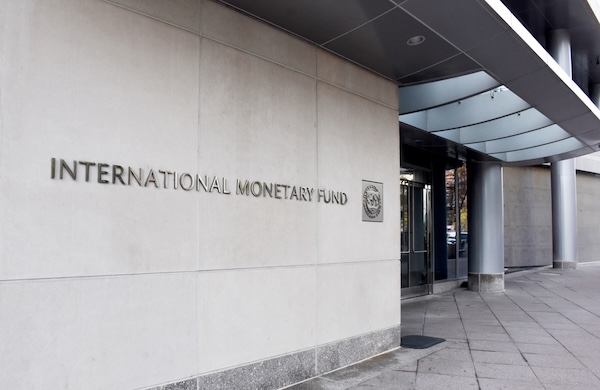
The International Monetary Fund (IMF) warned of systemic risks associated with stablecoins, including potential bond market disruption and a run on safe assets, as well as reduced policy effectiveness in weaker economies.
In its financial stability report released on Tuesday, the IMF noted that stablecoin flows are largely moving from North America to other parts of the world, a reflection of dollar demand in other regions.
This creates a risk to capital flow management in emerging markets as US liquidity moves outside of regulated channels, which could weaken the effectiveness of capital flow and foreign exchange measures, while “increasing risks for illicit uses of stablecoins.”
“Easy access to dollar-denominated stablecoins raises concerns about currency substitution and reduced monetary policy transmission, particularly in jurisdictions with weak macroeconomic fundamentals,” the report said.
“In addition, a shift from physical currency to stablecoins could reduce seigniorage, affecting central bank income and dividend distribution.”
The IMF notes that the stablecoin market has grown from $3 billion in 2019 to nearly $300 billion by the end of September.
Stablecoins are typically backed by highly liquid assets such as US Treasuries, demand deposits and government money market funds.
While this makes them much less risky than most other cryptocurrency assets, this increased integration into the financial system poses risks to the world’s safest traditional assets, the IMF warns.
“Because stablecoins may be subject to run risk, fire sales of stablecoins’ reserve assets—such as bank cash deposits and government securities—could spill over into bank deposits and government bond and repo markets,” it said.
“This could increase volatility and require central bank intervention.”
A possible bond market disruption
The IMF points to further risks if broader adoption of stablecoins occurs, which could lead to “loss of parity with the reference currency,” imposing direct losses and “heightened uncertainty” on a broad user base.
“Financial fragmentation in payment systems resulting from limited interoperability among stablecoins, and between stablecoins and existing financial market infrastructure, may further accentuate these risks,” the report said.
The IMF also pointed to the impact stablecoins could have on the bond market and how it could disrupt traditional lending by banks.
The effects could be “muted” if stablecoins simply grow at the expense of money market mutual funds since demand will just be reallocated from the traditional funds.
“However, if stablecoins displace bank deposits, which fund longer-term bonds and loans, demand could shift toward Treasury bills,” the IMF noted.
“Such a shift may steepen yield curves and raise concerns about credit disintermediation as banks could face reduced funding capacity for lending to households and businesses.”
And by altering the yield curve, it could hamper the ability of central banks to control interest rates.
Several banks – including Bank of America and Citigroup – have indicated that they are exploring the possibility of issuing their own stablecoins.
In fact, Citi announced last week that it was joining a coalition of nine European lenders to issue a regulated euro-based stablecoin.
And Citi CEO Jane Fraser said on the company’s third-quarter earnings call this week that the bank is weighing the possibility of developing its “own true Citi stablecoin.”
But even as traditional banks look to move further into the digital asset space, Bernstein analysts said in a client note on Tuesday that it expects the real winners of the stablecoin boom to come from the crypto industry.
Led by Gautam Chhugani, the analysts project Circle Internet Group’s (CRCL) USDC to increase its share of the stablecoin market to 33% by the end of 2027, compared to 29% today, as The Block reported.
The firm also expects USDC’s supply to grow to $220 billion from $76 billion during that same time period.
Tether’s USDT is currently the largest stablecoin, making up over $180 billion (62%) of the nearly $300 billion market, The Block noted.
Your email address will not be published. Required fields are markedmarked